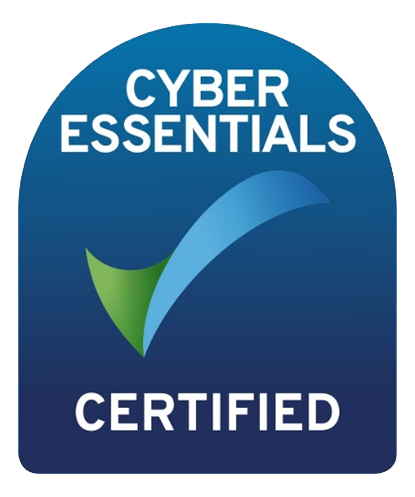
A lot of people are interested in tracing their history, whilst we live in a hyper-connected society, it seems more than ever we are losing touch with our heritage and history. As a result, people are trying to retrace their ancestral footsteps, which means they need to locate burial records to find out where people lived and died, when they died, and much more. A burial record can reveal a lot about a family tree and death records are an integral part of that process.
In this article, we are going to explain how to find burial and cremation records online and offline, to help you with your family history research. After all, knowing a family members final resting place and what their memorial inscriptions stated, can bring closure and help to establish a family tree. First you need to find the burial registers though and that can be tricky.
Where Can I Find Cemetery Records?
In the UK, most cemeteries and crematoria will have some kind of register or database that you can access. This will usually be held at the office on-site, or alternatively, you can contact the local authority that manages the cemetery. The local history department of your local library may also have copies of these records.
When tracing your family history, you may have to contact a local cemetery to enquire about their cemetery records. They can give you the grave details, some burial records and other records are now available online and you can gain access to them through specific websites.
Note that you may need permission from the individual burial authority when asking for records.
Related Article: How To Find A Grave In A Cemetery
Where to Find Cemetery Records Online
If you’re searching for online records of your ancestors’ graves, websites like Deceased Online offer searchable records by name, the year of birth, and year of death. This database includes statutory burials, which is when a local authority arranges the burial where there is no next of kin available.
It is also possible to find details of a specific person’s death and burial/cremation location by simply searching on Google using the name of the deceased and words like “death” or “cemetery”.
Once you’ve found the burial location, the next step is to check with the cemetery to see if they use advanced software like Epitaph. By integrating with HeritEDGE, Epitaph provides digital cemetery maps and a user-friendly grave search tool. This allows visitors to see their exact location and the grave’s position in real time, making it simple and stress-free to locate graves.
Some tips for searching cemetery records:
- When searching for an ancestor, try different spelling variations of their name.
- Use initial letters rather than full first names e.g. ‘W J Smith’ instead of ‘William John Smith’.
- If you don’t know the name of the cemetery, try searching for a street name, village, or town name instead.
- If you are looking for someone who died a long time ago, try searching ‘paupers graves’ as these were often unmarked.
- Contact the National Burial Index.
How to Find Cremation Records in the UK
A common question is ‘how can I find Cremation records? Cremation records in the UK are not as widely available as burial records, but there are still a few ways you can track them down.
There is no central database for cremation records so we always advise members of the public to contact the crematorium local to wherever the person has died and see if they are able to provide any information. You will need to know the name of the deceased, the date of death, and the place where they died. The records are free to search online but there is a charge for copies.
A lot of family history research can be done online now and you can find details of the deceased online but you will need to know names, date of birth, and other details that can help you to clarify that the individual is the correct person.
You could have two people with the same name in the same crematorium, so you need as many details as possible when looking through burial records.
The Problem With Burial and Cremation Records
The issue is that there is no clear rule for locating burial, cremation, and cemetery records. Different countries store them differently, different time periods had different methods and as a result, you always have to be a proactive searcher.
For this reason, here at EDGE IT Systems, our Epitaph software offers real solutions to many of these issues. It is a comprehensive cemetery management software that allows cemeteries to keep online records in an easily accessible format. If you’d like to learn more about Epitaph or discuss how it can help, contact us today.
Frequently Asked Questions
We’ve answered some common questions on burial records below.
How to Find Out Where Someone is Buried?
To find where someone is buried, you can check local cemetery or crematorium databases, often managed by councils. Online resources like the National Burial Index or family history societies will also have burial records. For cremations, contact the relevant crematorium directly, as there is no central database.
Where Are Burial Records Kept in the UK?
Burial records in the UK are typically kept by local councils, cemeteries, crematoria, and in some cases, public libraries or local archives. Some records are also accessible through online databases like the National Burial Index.
Are Burial Locations Public Record?
Yes, many burial locations are public record and accessible through council databases, cemetery offices, or online genealogy sites.
Do Churches Keep Records of Burial Plots?
Yes, churches often keep records of burial plots, especially for older cemeteries associated with the church. Records are available in Parish Registers as far back as 1538.
Where Can You Find London Cemetery Records?
London cemetery records are accessible through The London Archives, where you can find a range of burial records
By Shane Pelchat
Published on 26th January 2025


